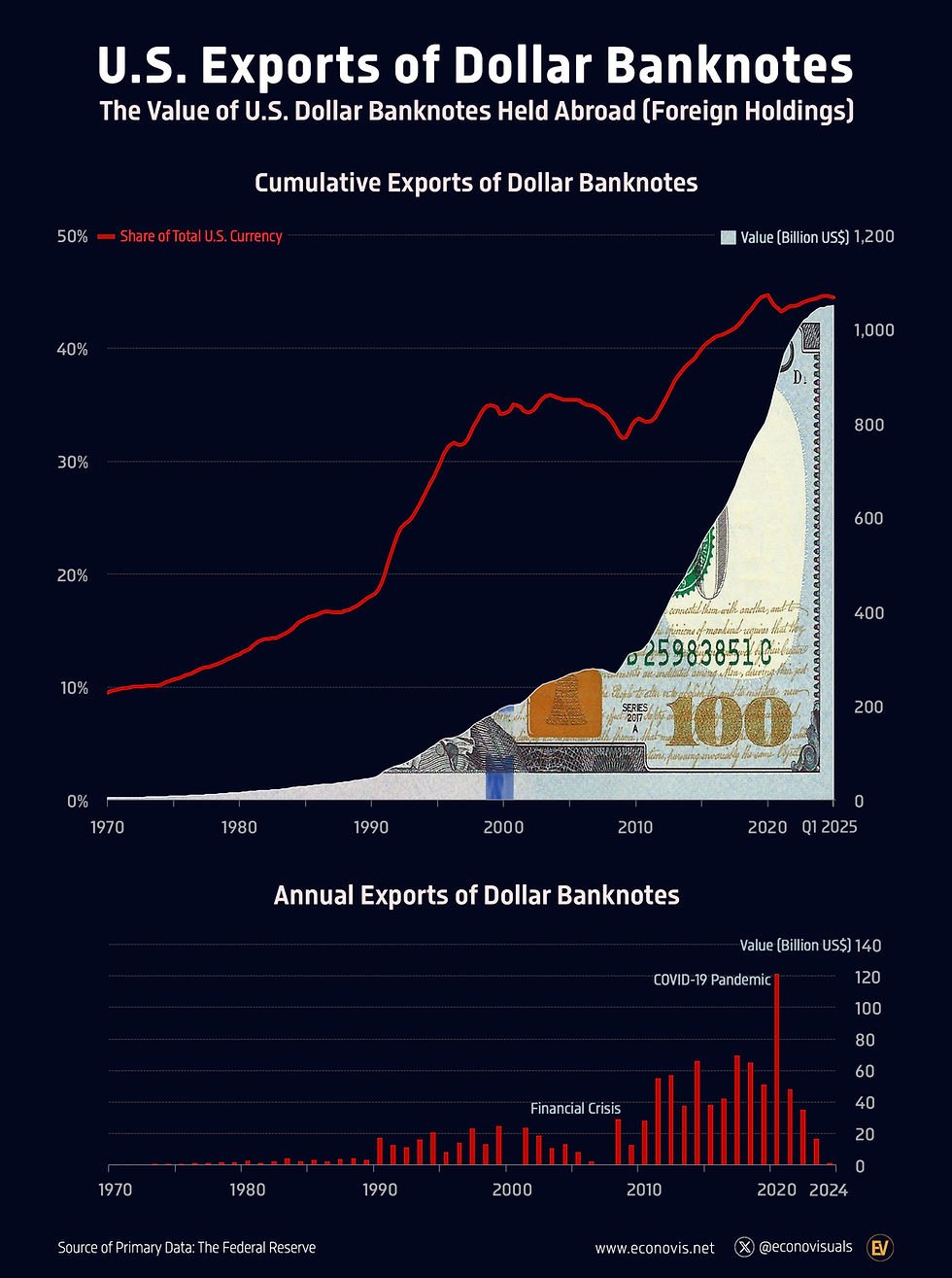House Price vs. Money Supply in the United States (1980–2023)
- Admin

- Jun 27, 2024
- 3 min read
The relationship between U.S. house prices and the M2 money supply has garnered significant attention, especially in the aftermath of the 2008 financial crisis and the subsequent implementation of unconventional monetary policies. Since 2011, this correlation has been of particular interest to economists, policymakers, and investors as it provides insights into the effects of monetary policy on the housing market and broader economy.
M2 Money Supply: An Overview
The M2 money supply is a measure of the total money in circulation within an economy, including cash, checking deposits, and easily convertible near money. Near money includes savings deposits, money market securities, mutual funds, and other time deposits. The M2 money supply is a key indicator used by the Federal Reserve to guide monetary policy, aiming to manage inflation, influence economic growth, and maintain financial stability.
Trends in M2 Money Supply Since 2011
Since 2011, the M2 money supply in the United States has seen a substantial increase. This period includes the aftermath of the Great Recession, where the Federal Reserve adopted various measures to stimulate the economy. Quantitative easing (QE) programs, which involved large-scale purchases of government securities and mortgage-backed securities, significantly increased the M2 money supply. Additionally, low interest rates were maintained to encourage borrowing and spending.
The COVID-19 pandemic further accelerated the growth of the M2 money supply. In response to the economic disruption caused by the pandemic, the Federal Reserve implemented aggressive monetary policies, including lowering interest rates to near-zero levels and expanding QE programs. Furthermore, fiscal stimulus measures, such as direct payments to individuals and enhanced unemployment benefits, also contributed to the increase in the M2 money supply.
U.S. House Prices Since 2011
The U.S. housing market has experienced notable fluctuations since 2011. Following the housing market crash of 2008, house prices began a gradual recovery. By 2011, prices had stabilized and started to rise steadily. The factors contributing to this recovery included lower mortgage rates, improving economic conditions, and increased demand for housing.
From 2011 to 2020, house prices continued to rise, driven by a combination of limited housing supply, increased demand, and favorable borrowing conditions. The pandemic-induced economic downturn in 2020 initially caused concerns about a potential housing market crash. However, contrary to these concerns, house prices surged due to historically low mortgage rates, a shift in housing preferences towards suburban and rural areas, and increased savings and liquidity among potential homebuyers.
Correlation Analysis
The correlation between the M2 money supply and U.S. house prices since 2011 indicates a positive relationship. As the M2 money supply increased, house prices also tended to rise. This correlation can be attributed to several factors:
1. Increased Liquidity: The expansion of the M2 money supply increased overall liquidity in the economy, making more funds available for borrowing and investment. Lower interest rates reduced the cost of mortgages, encouraging home buying and driving up house prices.
2. Inflationary Expectations: An increasing M2 money supply can lead to higher inflation expectations. In an inflationary environment, tangible assets like real estate become more attractive as a store of value, leading to higher demand and prices.
3. Wealth Effect: Higher asset prices, including real estate, contribute to a wealth effect where individuals feel wealthier and are more likely to spend and invest further. This feedback loop can sustain and amplify the rise in house prices.
4. Supply Constraints: The supply of new housing has not kept pace with the rising demand, exacerbated by the availability of cheap credit. Regulatory barriers, labor shortages, and rising material costs have limited new housing developments, contributing to higher prices.
Policy Implications
Understanding the correlation between the M2 money supply and house prices is crucial for policymakers. While increasing the money supply can stimulate economic growth, it can also lead to asset bubbles if not carefully managed. Policymakers need to balance stimulating the economy with ensuring financial stability to prevent unsustainable increases in house prices that could lead to future market corrections.
Conclusion
The correlation between U.S. house prices and the M2 money supply since 2011 highlights the complex interplay between monetary policy and the housing market. While increased liquidity and low interest rates have supported rising house prices, they also pose risks of creating asset bubbles. Continued monitoring and prudent policy measures are essential to maintaining a stable and sustainable housing market in the long term.





Comments